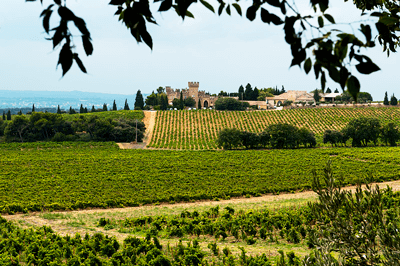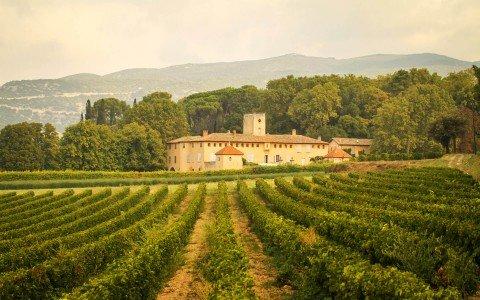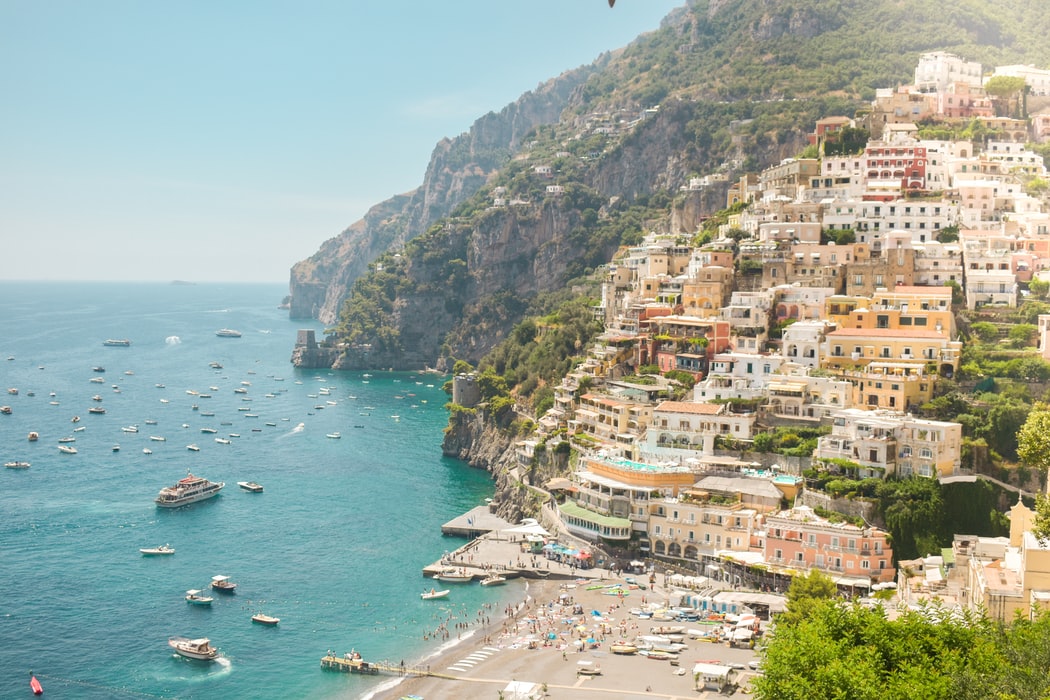Culture & Lifestyle
France
Published on March 31, 2015
Vines 101: Examining the Wine of the Côtes du Rhône and Provençal Appellations
By Dana Quinn
Home to the Côtes du Rhône and the world-famous Châteauneuf-du-Pape, in Provence the vineyards stand out as distinctly as (though more deliciously than!) the fields of lavender.
Côtes du Rhône
From Vienne to Avignon, the vine has thrived on the banks of the Rhône River for more than 2,000 years. The variety of soils, grapes and microclimates has made this one of the greatest and most interesting wine regions of France.
Wines here are classified into three groups. The first group comprises the 13 crus, the Grandes Appellations Locales. The northern Rhône crus are: Côte Rotie, Condrieu, Château Grillet, Hermitage, Crozes-Hermitage, St-Joseph, Cornas and St-Peray. The southern Rhône crus are: Châteauneuf-du-Pape, Gigondas, Vacqueryas, Lirac and Tavel.The middle group comprises the 16 villages with Côtes-du-Rhône-Village status, such as Cairanne, St-Gervais and Laudun. The last group comprises the generic Côtes du Rhône wines, which make up over 80 percent of the region’s production.
Birthplace of Syrah
 The northern Rhône is the original home of the syrah grape, the only red grape permitted in northern Rhône red wine. Viognier is the defining grape of Condrieu and Château Grillet white wines. Other white northern Rhône wines are made from marsanne and roussanne.
The northern Rhône is the original home of the syrah grape, the only red grape permitted in northern Rhône red wine. Viognier is the defining grape of Condrieu and Château Grillet white wines. Other white northern Rhône wines are made from marsanne and roussanne.
The Blended South
In the southern Rhône most wines are blends. Grenache is the most commonly used red grape, and makes up the body of most wines (accounting for anywhere from 40 to 80 percent of the region’s volume).
Syrah, mourvedre, carignan and a host of other ancient varietals, are blended in with the Grenache to give the wine structure and finesse. The most common white wine varietals in the southern Rhône are roussanne, marsanne, clairette and ugni blanc.
Châteauneuf-du-Pape
 The most exquisite southern Rhône red wines come from Châteauneuf-du-Pape.
The most exquisite southern Rhône red wines come from Châteauneuf-du-Pape.
A typical wine from here should have a deep black/purple colour and a nose of spice and red berry fruits. It should be round and silky in the mouth.
Names to look for include Rayas, Domaine de Pëgau, Beaucastel, Clos des Papes, Vieux Donjon, Mont Redon, Beaurenard, Domaine de la Janasse and La Nerthe (particularly for their white wine).
Bear in mind, of course, there are over 250 producers of this wine in the region, and many others not listed here are top-notch.
The Regional Appellations of Provence
Below Avignon, the Côtes du Rhône give way to the regional appellations.
One of these appellations is the Côteaux des Baux around St-Rémy and Les Baux. The first person to produce truly excellent wines here was Elio Durbach at Domaine de Trevallon. His red is a blend of cabernet sauvignon and syrah, and in great years, is a fabulous wine, black ruby in colour, with a concentrated nose of black cherry, tobacco and Provençal herbs.
Other quality names from this region include Mas de Gourgonnier, Mas St-Berthe, and Mas de la Dame, all three of which are on the southern slopes of the Alpilles.
On many of B&R’s trips we stay near the Château du Romanin on the northern slopes of the Alpilles. Recently, this domaine has made some delicious red and white wines. Also close by is the Domaine de Terres Blanches, where they make a refreshing, fairly acidic white wine. Their red Cuvée de Taven is shockingly good. The red wine of Domaine de Hauvette is also worth a try.
Côtes de Lubéron
Further east, the Côtes de Lubéron, which gained appellation status in 1988, is now firmly on the wine map. The region has cooler nights than the rest of Provence, which has helped to produce crisp, interesting white wines, and some very good rosés.

Mont Ventoux
North of the Lubéron is the Mont Ventoux appellation, named after the famous mountain. The predominantly red and rosé wines from this region are made from a blend of grenache, syrah, cinsaut and carignan.

The cooling effect of the mountain causes the grapes to ripen late in the year. But if conditions are right, the wine here can have great fruit and character. Names to look for are Fondreche, Murmurium, des Anges and Château Pesque.

